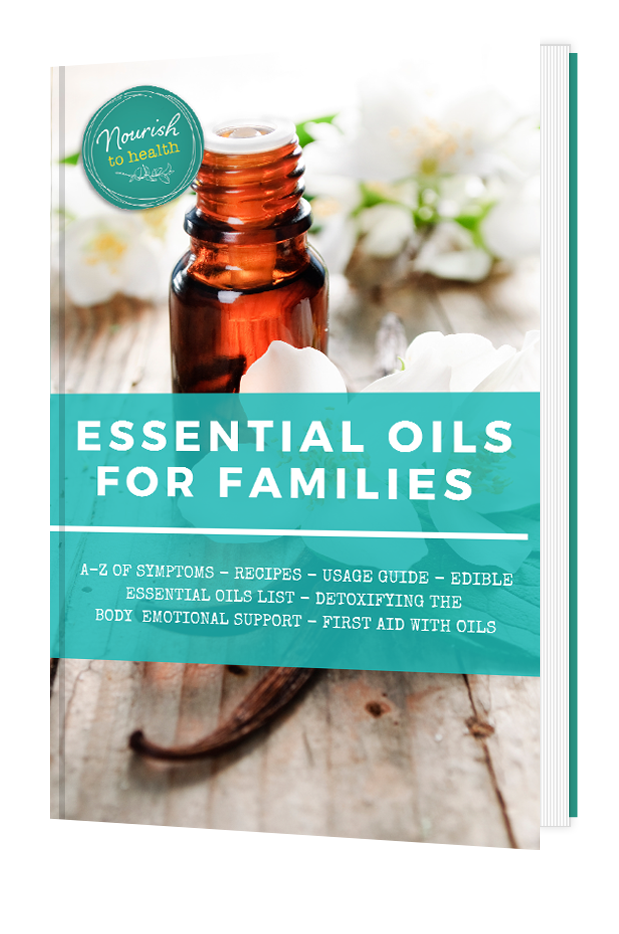The Four Basic Processes (DIGESTION, ABSORPTION, UTILISATION, ELIMINATION).
DIGESTION
First, when we consume any food it must go through a
“digestive” process, or a process whereby the body breaks
down the structures of the food into building materials and
fuels. The body requires these raw materials for energy to
function and also to build and repair itself. The breakdown of
food is accomplished through enzyme action, which starts in
the mouth, where carbohydrates, sugars and fats begin their
alkaline digestion. The stomach also produces a digestive
enzyme called pepsin; an acidic enzyme released by HCL
(hydrochloric acid) for initial protein digestion. The rest of
digestion takes place in the small bowel, which is alkaline in
nature. When our foods are not properly broken down, either
from a weak pancreas, stomach and intestinal tract, or from
bad food combinations, one will experience gas formation
from fermentation and/or putrefaction. The greater the gas
problems, the greater the weakness and/or bad diet choices.
The body breaks down the foods you eat into the following:
Proteins are broken down into amino acids for building and
repair material. Carbohydrates (starches and complex
sugars) are broken down into simple sugars for fuel. Fats are
broken down into fatty acids and glycerol, for building, repair
and emergency needs. It is important to remember that we
have alkaline digestive enzymes in the mouth for
carbohydrate and fat digestion. We have acid (pepsin)
digestive enzymes in the lower stomach for initial protein
digestion. Then we have alkaline digestive enzymes in the
pancreas and throughout the first part of the small intestinal
tract to finish up the job for proteins, starches, sugars and
fats. It is also important to understand that most of our
processes are alkaline in nature. Digestion is the first process
that must take place in a healthy body and many people fail
right here. If you are very thin or lack adequate muscle
tissue, it is a strong probability that your body has not been
digesting (breaking down) your foods adequately and you
maybe very acidic
ABSORPTION
Once foods are broken down, we must now absorb these
building materials, fuels and other components, which
include: tissue salts, vitamins, tannins, alkaloids and flavins.
These components are now carried by the bloodstream to the
cells for energy, stimulation, building and repairing, or stored
for future use. Absorption is accomplished through the villi
(fingerlike projections on the surface of certain membranes)
and small pores all along the mucous membranes of the small
and large intestines. This absorption should be simple, but
most people’s intestines become impacted with a thick
rubberlike substance called “mucoid plaque.” This thick
plaque, which develops in the GI tract, is made of gluten,
mucus, foreign protein, and other food byproducts that act
more like glue than nutrition! Refined sugars, grains, meats,
and dairy products are the foods that are most responsible for
the formation of this plaque. This “mucoid plaque” blocks the
nutritional components of our foods from being adequately
absorbed into the body. (I have seen clients and my self who
have eliminated loads of this “black” plaque from their
intestines.) Most of us fail in the second stage of food
utilisation to some extent because of this congestive mucoid
plaque. Again, if you are thin, malnourished or lack adequate
muscle tissue, or bloated a malabsorption issue must be
considered.
UTILISATION
We must get nutrition too and into our cells. The blood system
and its highways (the vascular system) are the transport
system. Most of the absorbed nutrition must first pass
inspection by the liver, which can create further chemical
changes, store nutrients, or pass them on unchanged to the
rest of the body for utilisation. The number of processes the
liver can carry out is miraculous. It can create its own amino
acids, change sugars too fats, and vice versa. It can create or
destroy. Now a little secret. This is where the importance of
acid and alkaline comes in. If our body (including our blood)
becomes more acidic, our nutrition becomes anionic
(coagulating). In other words, our building materials (fats,
fuels, minerals, and other compounds) start sticking or
clumping together not letting these nutrients be absorbed.
Most of the foods commonly eaten by humans are acid
forming. Acidity, which is heat-producing in the body, causes
inflammation in the walls of the vascular highway and
throughout the body. Lipids (fats) begin sticking to the walls
of the vessels in hopes of buffering this inflammation. But
lipid bonding also causes lipid stones, such as gallbladder and
liver stones. Cholesterol is the most common anti-
inflammatory lipid that the body uses to fight this
inflammation. When the tissues become acidic and thus
inflamed, the liver will produce more cholesterol to fight it.
But that means that blood cholesterol levels begin to elevate.
Minerals too start bonding and form “rock-type” stones,
which show up as kidney stones and bone spurs. Cell
membrane walls have tiny portholes that will not allow this
“clumped” nutrition to be absorbed. When red blood cells start
clumping together, blocking proper oxygen transport, or
utilisation, this creates cellular starvation, which causes
hypo-active conditions of glands and organs, loss of systemic
energy, loss of muscle tissue, and finally death. Many glands
supply hormones, steroids, to assist utilisation. As these
glands become hypo- or under-active as described above, the
utilisation of calcium and other constituents is affected,
creating many disease symptoms. For example, one of the
jobs of calcium is to help transport nutrients across cell
membrane walls. When the thyroid gland becomes hypoactive
this slows or stops calcium utilisation, which has a domino
effect, causing cellular starvation. This, of course, makes
tissue even weaker and the cycle just gets worse and worse until sickness, then death. Most people fail in the utilisation of
their nutrition to some degree.
ELIMINATION
What goes in must, for the most part, come out. We must
expel more than what we put in. If it comes out looking the
same way it went in, that’s a problem. (You should not see
undigested foods, except corn, in your stools.) When the
elements in food are broken down into their simplest forms
for utilisation by the cells, there are many by-products from
this process including gases, acids, cellular wastes,
undigested proteins, and unused material like vitamins and
minerals that need to leave the body. The body is always
trying to eliminate in ways that we often do not understand.
An example would be cold and flu-like symptoms, where
sneezing, coughing, sweating, aching, fevers, and diarrhoea
are experienced. These symptoms are elimination processes
used by the body to purge itself of mucus, parasites, toxins,
and the like. If we do not eliminate our wastes, we build
congestion interstitially (around cells) and intracellularly
(inside cells), causing further cellular decay and death. Good
elimination means moving our bowels three times a day, or
after each meal, urinating adequately, sweating, and
breathing properly. All of us fail in this category to some
extent or another. By correcting digestion, absorption,
utilisation, and elimination we can regain our energy, build
vitality and vibrancy, and live a disease-free life. If you have
trouble loosing weight or have edema you are likely to be not
eliminating






